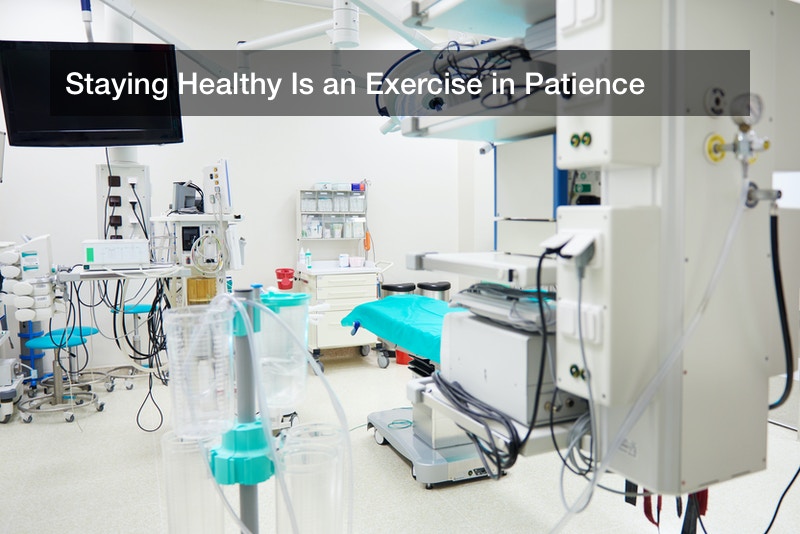

The first full week after Daylight Saving TIme resumes is rough. Time seems to redefine itself. The clock moves await just one single hour, but that 60 minute progression wrecks havoc on our bodies, our minds, and, most strongly, our sleep patterns. Few other events can seem to change time and the effect that it has on us. But if there is one even that can compete with the powers of Daylight Saving Time it may be the hours and days that pass while patents wait for an important medical result, like that of a breast biopsy.
All Women Should Schedule Regular Mammograms
Although the frequency is sometimes in dispute, mammograms are an important part of every woman’s health maintenance plan. The latest recommendations from the Mayo Clinic indicate that doctors should offer mammograms to women beginning at age 40. In many cases, mammograms should then be done once a year. Some doctors and their patients, however, decide that they want to start mammograms at a younger age. This earlier testing, as well as the addition of an MRI, may be advised for:
- Women who have a lifetime risk of breast cancer that falls between 20% to 25% or greater. These risk percentages can be determined by risk assessment tools that take into consideration family history.
- Women with a documented BRCA1 or BRCA2 gene mutation. BReast CAncer is a blood test that uses DNA analysis to identify harmful changes, also known as mutations, in one of the two breast cancer susceptibility genes.
- Women who have not had genetic testing, but have a parent, sibling, or child with a verified BRCA1 or BRCA2 gene mutation.
- Women who had chest area radiation when they were between the ages of 10 and 30.
- Women who have Bannayan-Riley-Ruvalcaba syndrome, Cowden syndrome, or Li-Fraumeni syndrome, or women who have a parent, sibling, or child with one of these syndromes.
A Breast Biopsy May be Required After Some Mammograms or MRIs
A breast biopsy is a medical procedure where a part or all of a suspicious area of the breast is removed or examined. The procedure is recommended when any patient, make or female, is found to have:
- Suspicious breast growth
- Abnormality detected on a mammogram or MRI
- Other symptoms of breast cancer
Statistics indicate that one in eight U.S. women, or about 12%, will develop invasive breast cancer over the course of a lifetime. Although not yet confirmed, research indicated that in the year 2015, an estimated 231,840 new cases of invasive breast cancer were expected to be diagnosed in American women. Additionally, 60,290 new cases of non-invasive breast cancer were also expected. And while most think of women when the topic of breast cancer is mentioned, 2015 predictions indicated that 2,350 new cases of invasive breast cancer were expected to be diagnosed in men. Less than the numbers for women, a man?s lifetime risk of breast cancer is 1 in 1,000.
A breast biopsy, an ultrasound, or a 3D mammography or administered and performed at a radiology imaging center. In total, 30 million MRI scars are performed in America every year. Every test is an opportunity for patients to take charge of their health concerns and proactively work toward their care.
